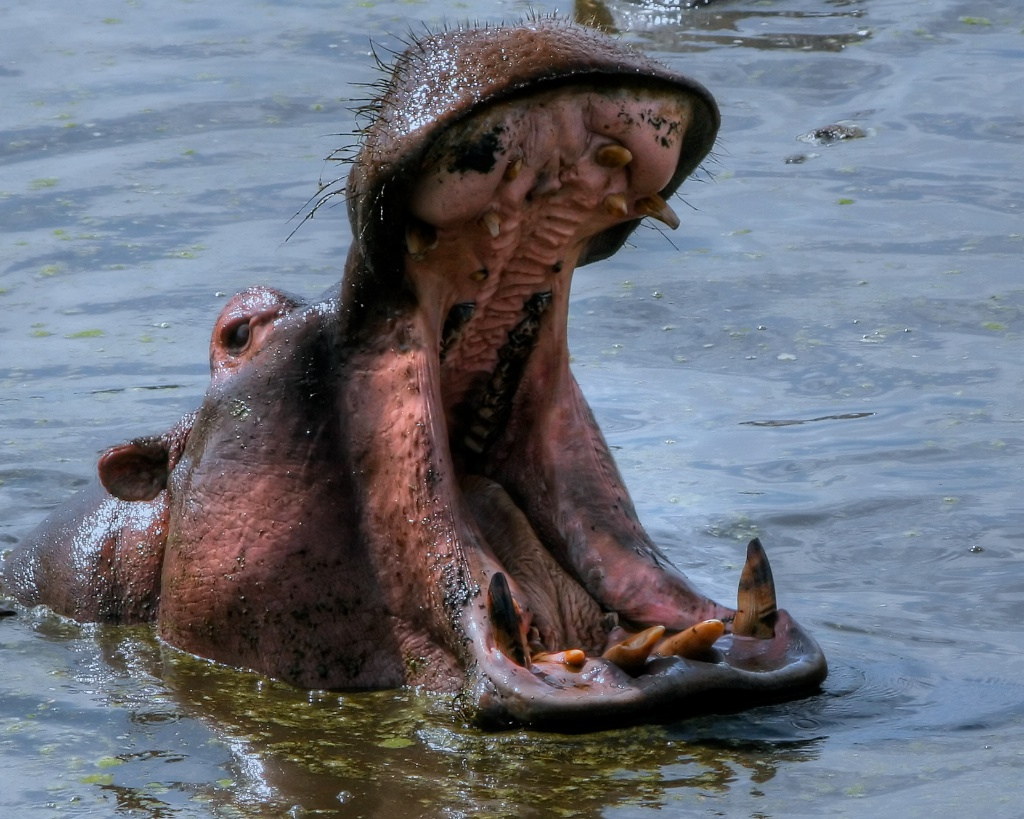
Might want to be careful if you’re going to try recording this critter!
We use animal sounds all the time in sound design. Whether it be the twenty some-odd creatures that went into the sound of the Velociraptor in Jurassic Park, or the Elephant bray used in the destruction of the Titanic, they seem to find their way into every situation…sooner or later. This month, we’ve decided to take a look at the recording and design of animal…and creature…sounds.
What do you have to say?
Be fun to hold a “Creature Construction” competition this month! :))
Would be a great idea. Time to get back to sound design competitions :)
cool thing!
I am planning to make a recording session at our local zoo this summer to expand my library.
If the recordings are good I will make them public, since this is a fun project and I want as much feedback as possible.
Fantastic Chris,
Can I ask what zoo?
It’s the local zoo in Frankfurt am Main, Germany.
I actually planned this session about half a year ago, but I had the feeling that I’m not properly prepared.
RE: Zoos
My helpful hints:
Use a highly directional mics (a mono shotgun is going to yield more useful stuff than cardioid stereo). Save stereo for aviaries and places with multiple animals interacting.
Get there as soon as it opens (or earlier if you can get in). Beat the crowds and most animals are active in the early AM.
Listen and run to where sound is happening…don’t try to “record the lion” if she’s just sitting in her habitat.
Get friendly with the keepers. If you know animal keepers…that is a far far better way to record a particular animal. They’ll know the species and animal specific behaviors to help you capture the sound. They also have relationships with the animals that can facilitate recordings…like feeding, cuddling, doing special calls etc.
Go multiple days. You’ll be surprised how different the material will be from one day to the next. Animals behave differently in day to day. One Macaw I recorded was silent one day and had as heck about a nearby air boat the next day.
Thanks for these useful tips!
I will definitely keep them in mind.
I plan to have at least three recording sessions and in the best case on a maintenance day.
I have a Sennheiser MKH416 I would use for all the mono recordings and a NT4 and two Contact Mics for experimenting.
Nothing is more horrifying than a Sow giving birth to a litter of pigs!
I’m using it for a mutated wolf pain impact sound right now. :)
I’ve recorded wild hippos in Africa and use them often in my creatures. They’re relatively easy to record b/c they hang out in the rivers during the day and make tons of insane noise. Most fearsome animal sounds…like aligator bellows for instance…are like trying to record lightning/thunder strikes. You have to be at the right place, at the right time, with your gear in record and the mic pointed in right direction when that once per day sound randomly happens.